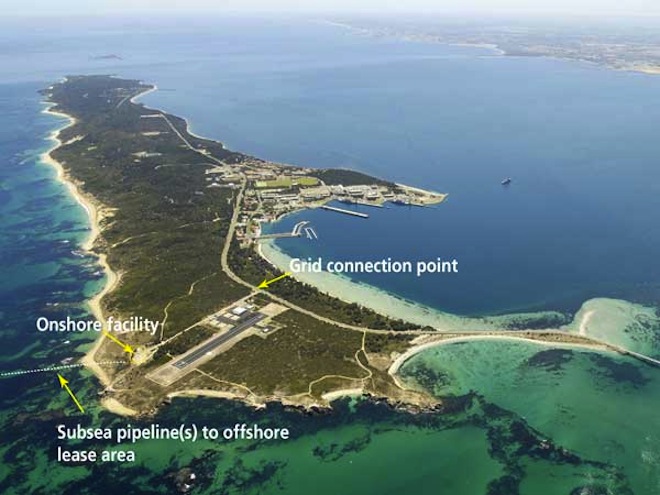New wave-powered desalination technology from Australia may offer Middle East businesses and governments hope for a new alternative to conventional, energy-intensive water purification plants.
Carnegie Wave Energy has just announced that it is launching a wave-powered desalination plant on Garden Island, Australia.
The 2MW pilot project will utilize the firm’s CETO technology, which is comprised of several buoys anchored to the sea floor that power pumps that push pressurized water via subsea cables to the shore. There the water can either be used to produce clean energy, like a dam, or to power a reverse osmosis desalination facility.
Carnegie Wave Energy has entered into an agreement with the Water Corporation of Western Australia, a leader in seawater desalination, which allows allows the latter, more established firm to support the pilot project.
“We are pleased to have the support of the Water Corporation with our project,” said Carnegie’s Chief Executive Officer and Managing Director, Dr Michael Ottaviano. “Water Corporation are innovators in the field of seawater desalination and Carnegie’s wave powered desalination pilot will be a world first.”
 Any kind of wave power is tricky. The kind of wind and water conditions necessary to generate sufficient energy to make the expense worthwhile is usually very destructive to the technology employed to do the job.
Any kind of wave power is tricky. The kind of wind and water conditions necessary to generate sufficient energy to make the expense worthwhile is usually very destructive to the technology employed to do the job.
Carnegie Wave Energy subverts this by submerging the buoys. Not only does this reduce environmental and visual impact (think wind farms), but they are also spared the ocean’s unwitting wrath.
Throughout the Middle East, water is fast becoming a luxury, and converting seawater into potable water is costly – both in terms of the energy required to purify vast quantities of water every day and its contribution to greenhouse gas emissions (and therefore climate change.)
CETO technology, on the other hand, produces zero emissions. So, while Masdar has already begun to explore the possibility of using solar-powered desalination to replace existing reverse osmosis plants, it might be worthwhile for governments throughout the region to watch Carnegie’s progress abroad.





Hi
We are looking for wave enegy.
Thanks
M.NEMANI from ITOK GROUP
00989121346543
00982122439110
good project , I will learning this method